Expansion of E-commerce Platforms
The rise of e-commerce platforms is significantly influencing the Manuka Honey Market. With the increasing penetration of the internet and mobile devices, consumers are now more inclined to purchase products online. This shift has facilitated access to a wider range of Manuka honey products, allowing consumers to compare prices and read reviews before making a purchase. Recent statistics indicate that online sales of health and wellness products, including Manuka honey, have seen a remarkable increase, with e-commerce sales projected to account for over 30% of total sales in the coming years. This trend not only enhances consumer convenience but also provides manufacturers with an opportunity to reach a broader audience. Consequently, the Manuka Honey Market is likely to benefit from this digital transformation, as more consumers turn to online shopping for their health needs.
Rising Demand for Natural Remedies
The increasing inclination towards natural and organic products is a notable driver in the Manuka Honey Market. Consumers are becoming more aware of the health benefits associated with natural remedies, leading to a surge in demand for products like Manuka honey, which is renowned for its antibacterial properties. According to recent data, the market for natural health products is projected to grow at a compound annual growth rate of approximately 8% over the next five years. This trend indicates a shift away from synthetic alternatives, as consumers seek out products that align with their health-conscious lifestyles. The Manuka Honey Market is poised to benefit from this growing preference, as it offers a product that is not only natural but also versatile in its applications, ranging from culinary uses to medicinal purposes.
Growing Interest in Functional Foods
The trend towards functional foods is emerging as a key driver in the Manuka Honey Market. Consumers are increasingly seeking foods that offer health benefits beyond basic nutrition, and Manuka honey fits this criterion perfectly. Its unique properties, such as its ability to support immune health and promote wound healing, make it an attractive option for health-conscious consumers. Market Research Future indicates that the functional food sector is expected to grow significantly, with a projected increase of around 10% annually. This growth is likely to be fueled by the rising demand for products that contribute to overall well-being. As a result, the Manuka Honey Market stands to gain from this trend, as it positions itself as a premium functional food that caters to the evolving preferences of health-oriented consumers.
Increased Awareness of Health Benefits
The Manuka Honey Market is experiencing a notable increase in consumer awareness regarding the health benefits of Manuka honey. Research indicates that Manuka honey possesses unique antibacterial properties, attributed to its high levels of methylglyoxal (MGO). This has led to a growing interest among consumers seeking natural solutions for health issues such as sore throats, digestive problems, and skin conditions. Market data suggests that the demand for Manuka honey has surged, with sales increasing by over 20% in recent years. This heightened awareness is not only driving sales but also encouraging manufacturers to invest in educational marketing strategies to inform consumers about the various health benefits associated with Manuka honey. As a result, the Manuka Honey Market is likely to see sustained growth as more individuals incorporate this product into their health regimens.
Regulatory Support for Natural Products
Regulatory support for natural products is becoming increasingly relevant in the Manuka Honey Market. Governments and health organizations are recognizing the importance of natural remedies and are implementing regulations that promote the use of such products. This support is likely to enhance consumer confidence in Manuka honey, as regulations ensure quality and authenticity. For instance, certain regions have established standards for the grading of Manuka honey, which helps consumers identify genuine products. This regulatory framework not only protects consumers but also encourages manufacturers to adhere to high-quality standards. As a result, the Manuka Honey Market is expected to benefit from this supportive environment, as it fosters trust and encourages more consumers to choose Manuka honey as a natural health solution.
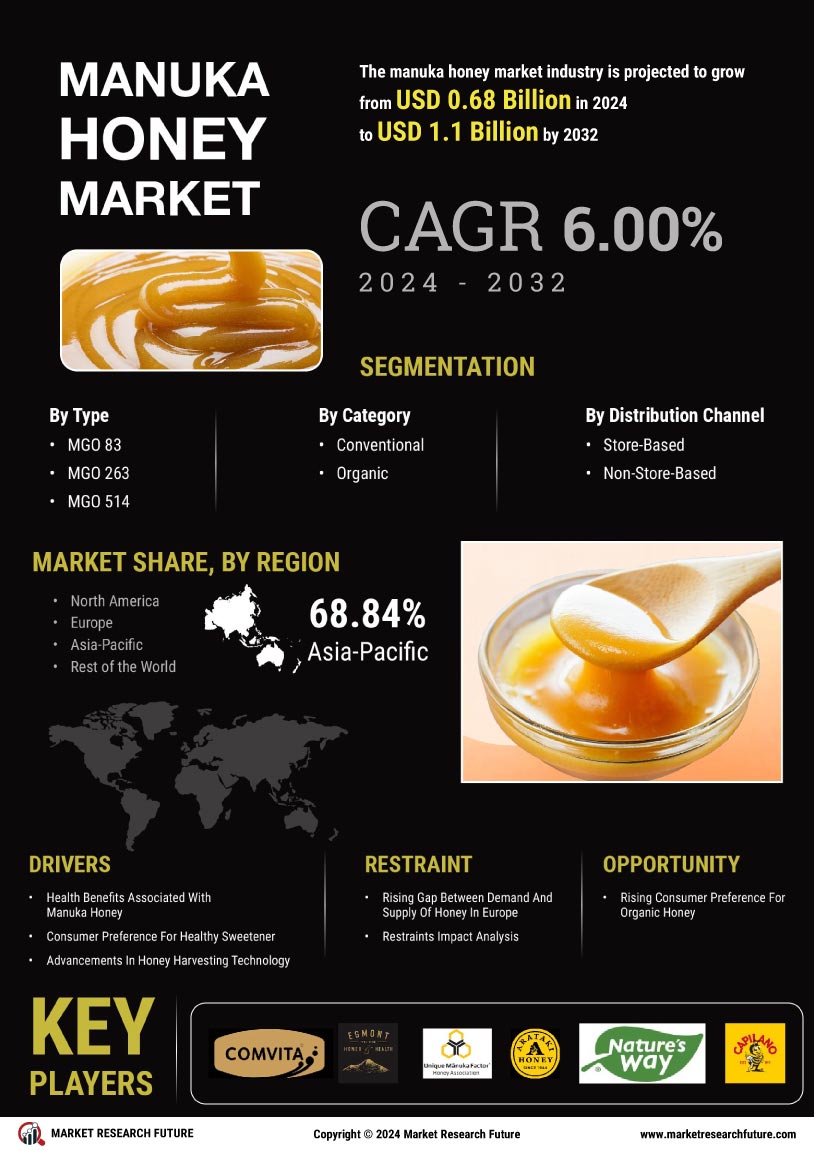

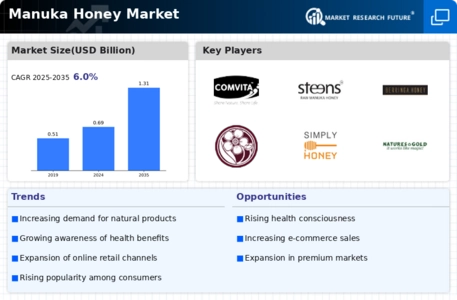
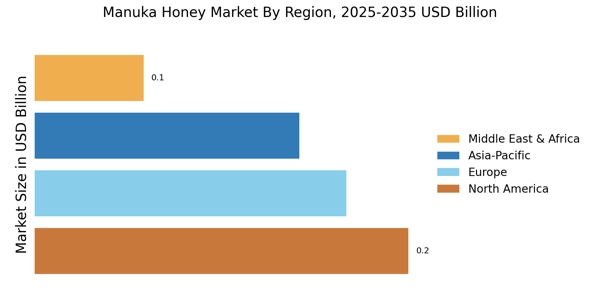


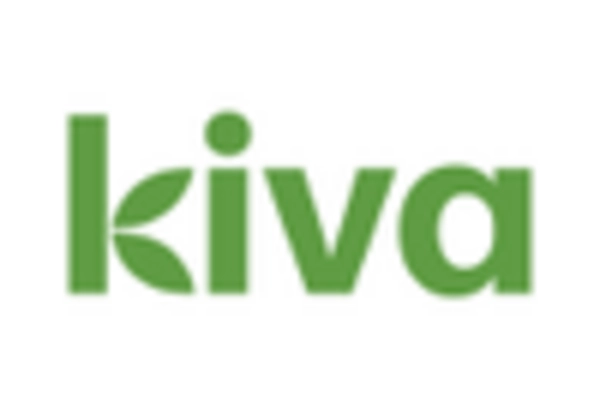
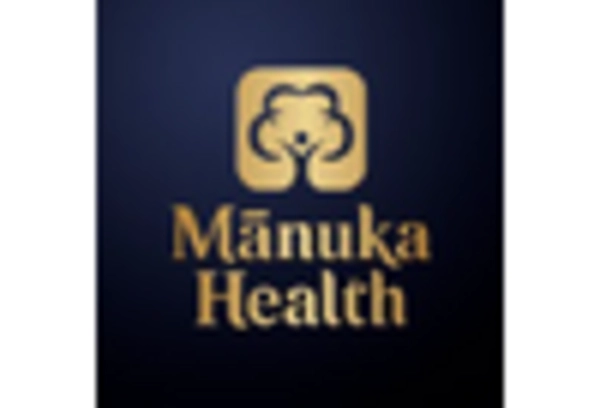
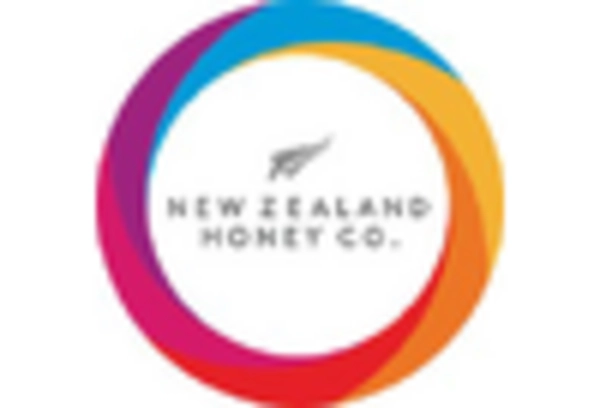









Leave a Comment